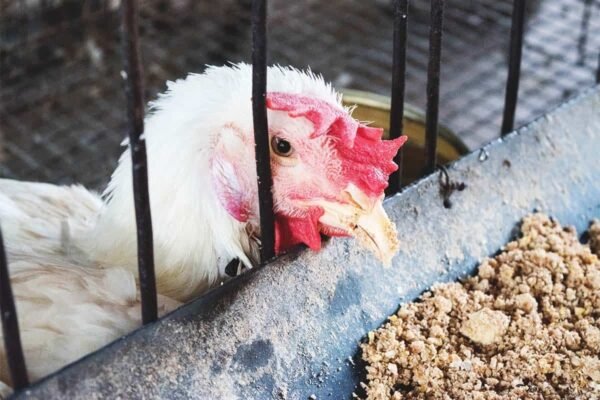
Why Traditional Marketing Funnels Are Failing Content Creators in 2026
The playbook that worked for content creators just three years ago has become obsolete. Posting…

The playbook that worked for content creators just three years ago has become obsolete. Posting consistently, growing followers, and hoping brands notice you—this passive approach to building a creator business is leaving money on the table and burning out talented people who deserve better. The creators generating life-changing income today aren’t following the old rules….

International travel has become more accessible than ever, with direct flights connecting major cities and accommodation options fitting every budget. Yet one aspect of travel remains frustratingly complicated: staying connected to the internet without facing shocking bills upon returning home. Traditional roaming charges can transform a relaxing vacation into a financial headache, with travelers discovering…
Deputy Director General Susan Chi Chuan Hu of TITA and Executive VP Joe Chou of TAITRA, together with the judging panel, joined the winning teams for a group photo. Six teams from around the world converged in Taipei on December 10, 2025, for the global finals of the “Go Healthy with Taiwan” Call for Proposals,…

Trade shows are a prime opportunity to showcase your brand, connect with potential customers, and build lasting relationships. However, with so many exhibitors competing for attention, simply hanging a banner isn’t enough. To stand out, you need creative strategies that make your booth engaging, memorable, and aligned with your brand identity. Here are some innovative…

In an increasingly digital world, appearing on Google’s first page can make or break a local business. For Manchester’s small business community — from cafés in Chorlton to electricians in Stockport — visibility means footfall, phone calls, and revenue. Yet many owners underestimate the power of local SEO. SEO consultant Graeme Winchester, based in Manchester,…
Denver, United States, October 17, 2025 – Founded in 2018, global digital asset trading platform Cryparx announced that it will further reinforce its core security infrastructure and fully upgrade its risk control systems with the goal of building a global asset trading network that meets institutional-grade standards. At the same time, Cryparx is accelerating the…

College life in the USA comes with its fair share of financial challenges—textbooks, housing, food, and all those little daily expenses that add up fast. This is where a student credit card can make life easier. Designed specifically for young adults and first-time credit users, a Free Student Credit Card helps you cover day-to-day costs…

Coccidiosis is a widespread and potentially devastating disease in poultry, caused by protozoan parasites of the genus Eimeria. These parasites infect the intestinal tract of birds, leading to a range of symptoms that can significantly impact the health and productivity of a flock. Early identification and prompt treatment of coccidiosis are crucial to minimizing its effects…

Key Takeaways What Is Laser Hair Removal? For those considering laser hair removal in Richmond, understanding the treatment is key to unlocking its long-term benefits. Laser hair removal is a cutting-edge method that uses concentrated beams of light to target hair follicles, ultimately preventing future growth. Unlike traditional techniques such as shaving or waxing, laser hair…

Key Takeaways The Allure of Sussex Park Homes Sussex continues to grow in popularity among those seeking residential park homes for sale thanks to its picturesque surroundings and community-oriented living. These homes offer a relaxed, modern lifestyle nestled amidst nature, making them perfect for individuals and couples looking to downsize or embrace a quieter pace of life….